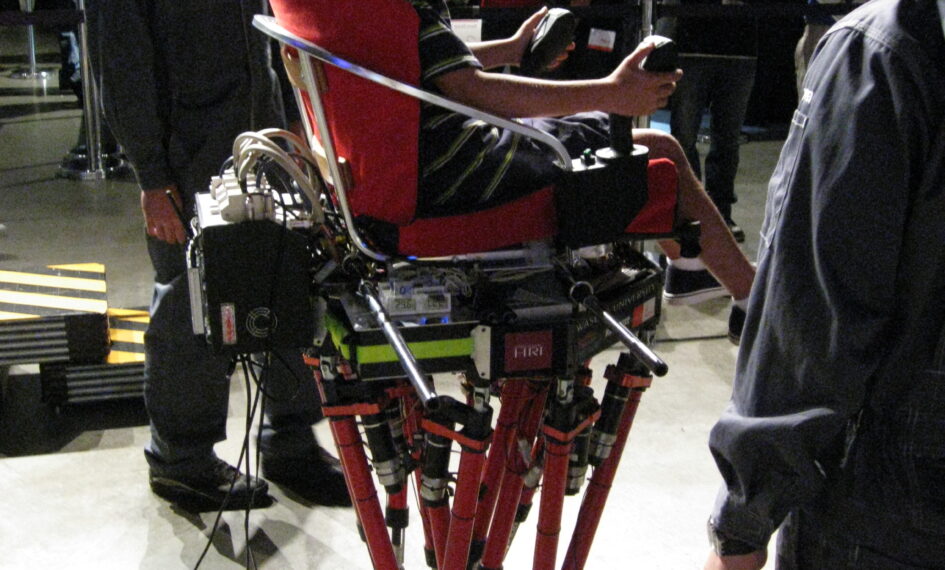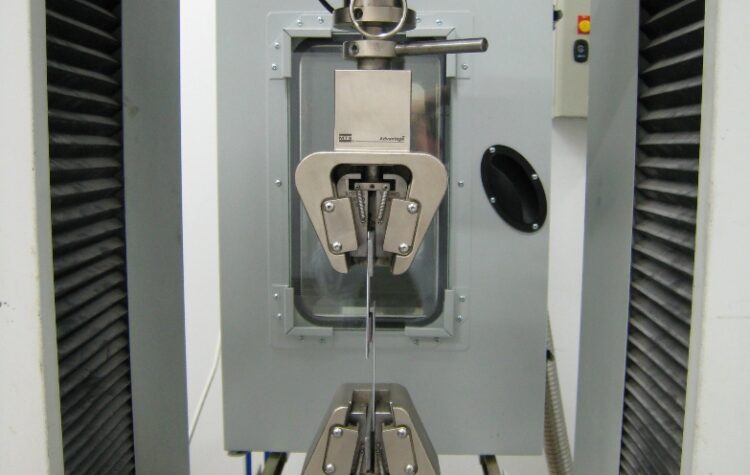The term “exoskeleton” is significant in biology and robotics. Here’s an overview of its definition, etymology, and origin:
- Definition: An exoskeleton is an external skeleton that supports and protects an organism’s body, in contrast to the internal skeleton (endoskeleton) of, for example, humans and other vertebrates. In biology, exoskeletons are seen in many invertebrates such as insects, arachnids, and crustaceans. In technology, exoskeletons refer to wearable mobile machines that are powered by a system of motors or hydraulics to enhance the strength or endurance of the human body.
- Etymology and Origin:
- The term “exoskeleton” is derived from the Greek “exo,” meaning “outside,” and “skeleton,” which is from the Greek “skeletos,” meaning “dried up” or “desiccated.” Originally, “skeleton” referred to a dried body or mummy.
- The concept of an external supporting structure is ancient, with observations of creatures with exoskeletons dating back to Aristotle. However, the specific term “exoskeleton” in its biological sense began to be used more recently, as scientific understanding of anatomy and zoology developed.
- In the context of robotics and engineering, the use of the term for mechanical suits designed to assist human movement is a 20th-century development, reflecting advances in technology and engineering.
The term “exoskeleton” thus bridges the natural world, where it describes a biological feature of certain animals, with the realm of technology, where it refers to a human-made augmentation device.



